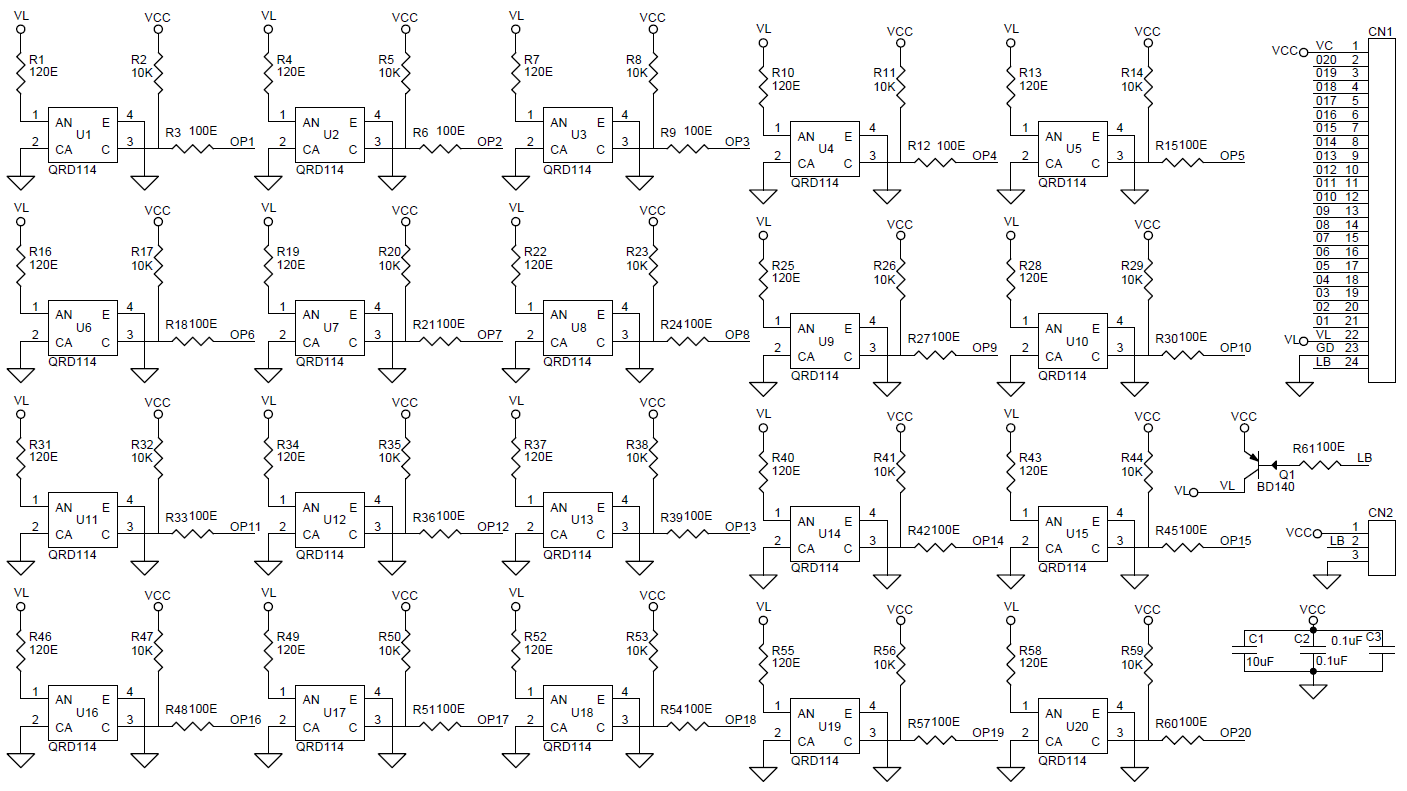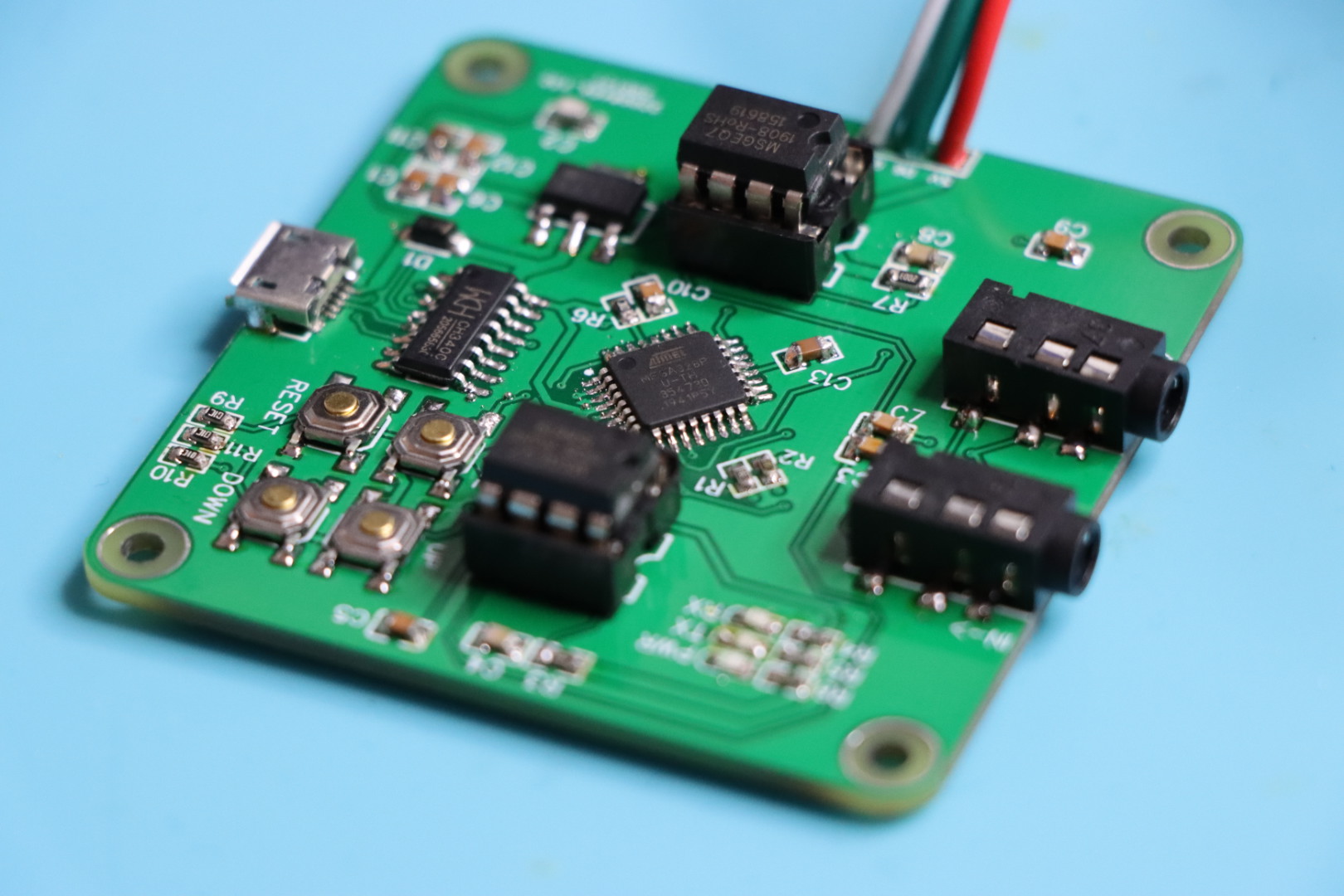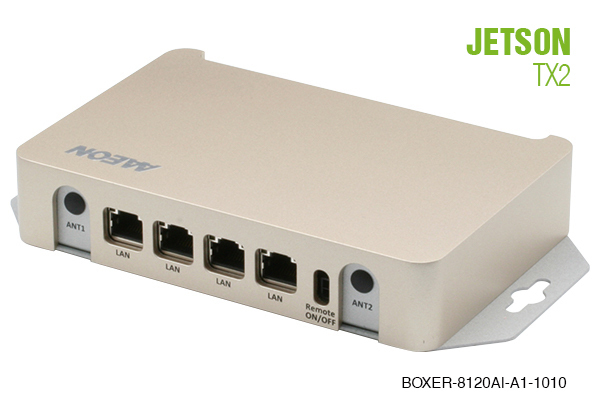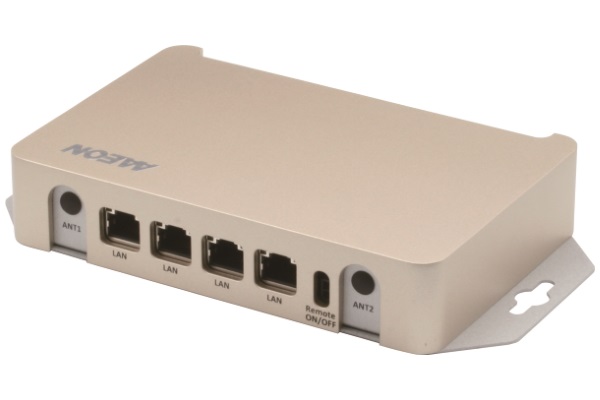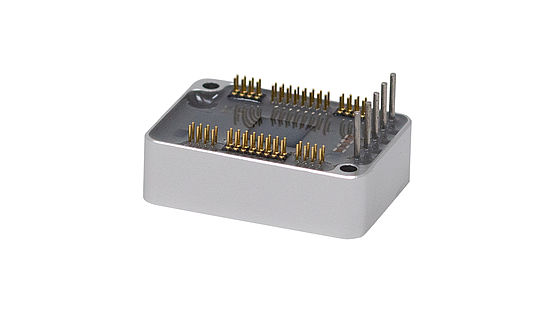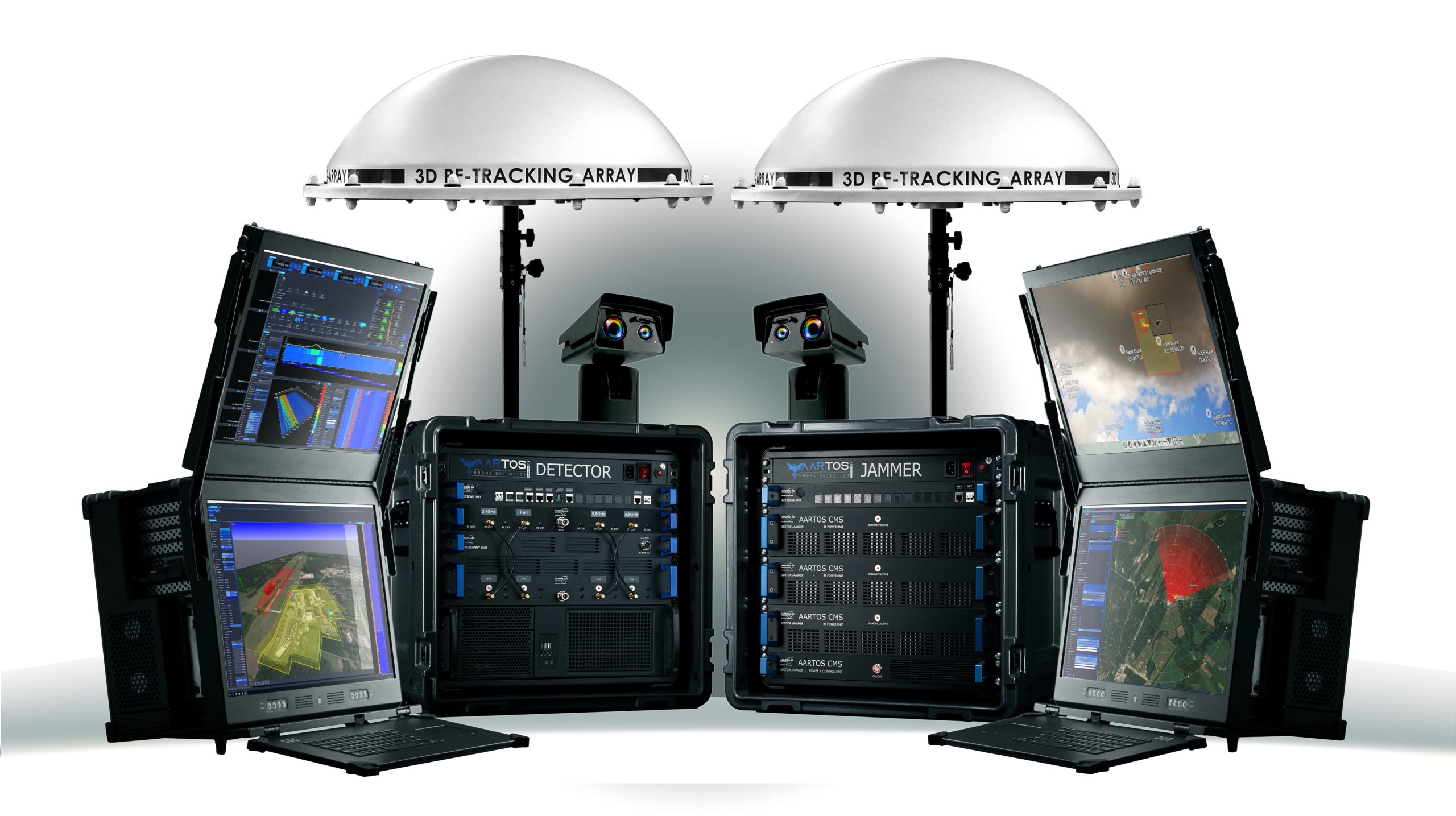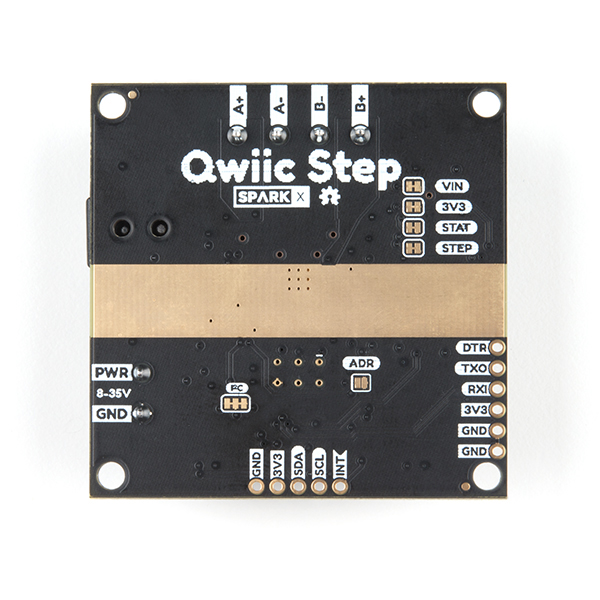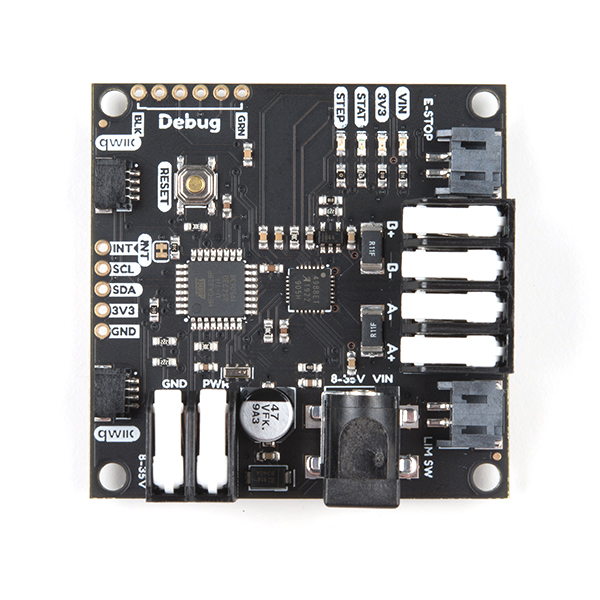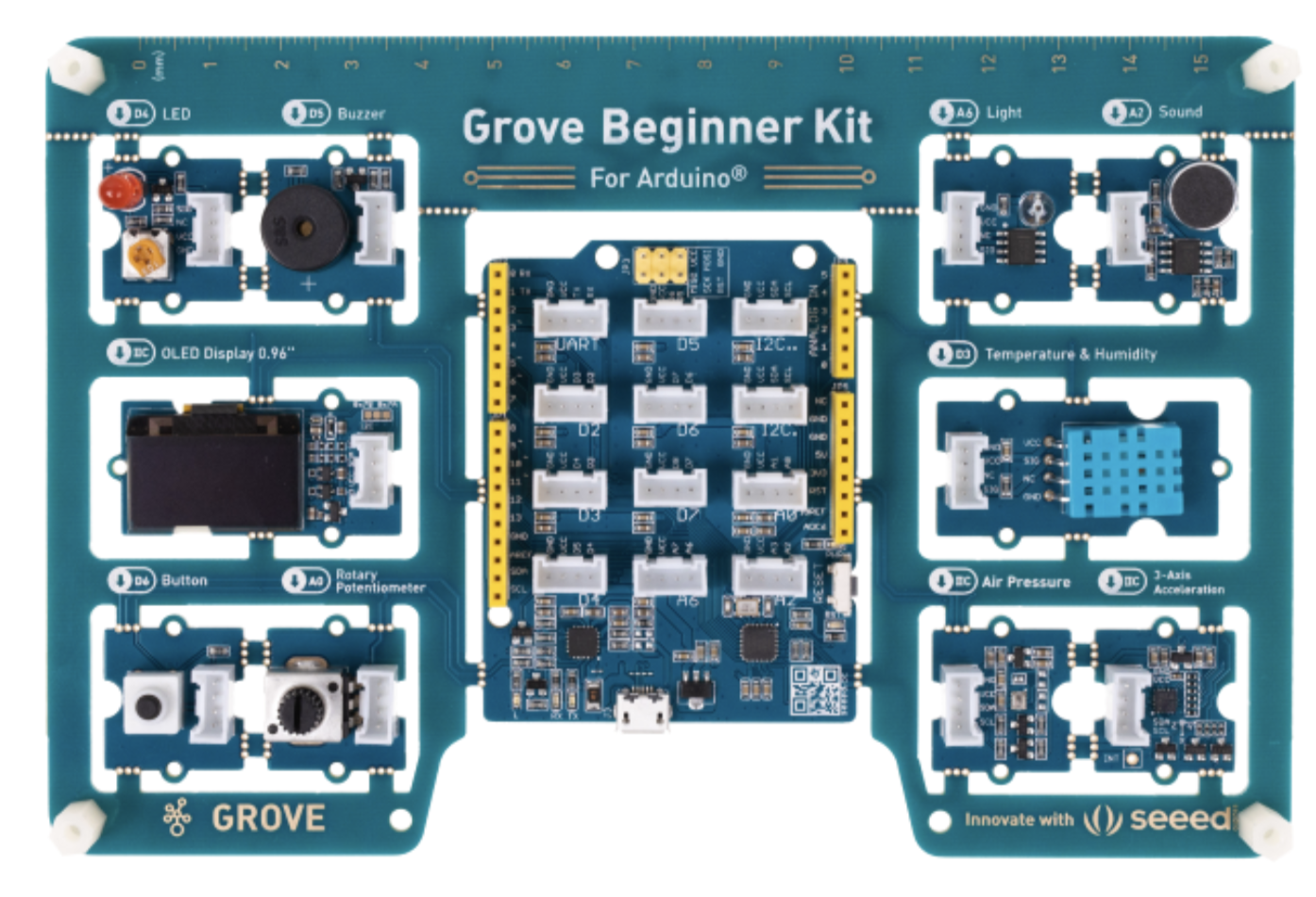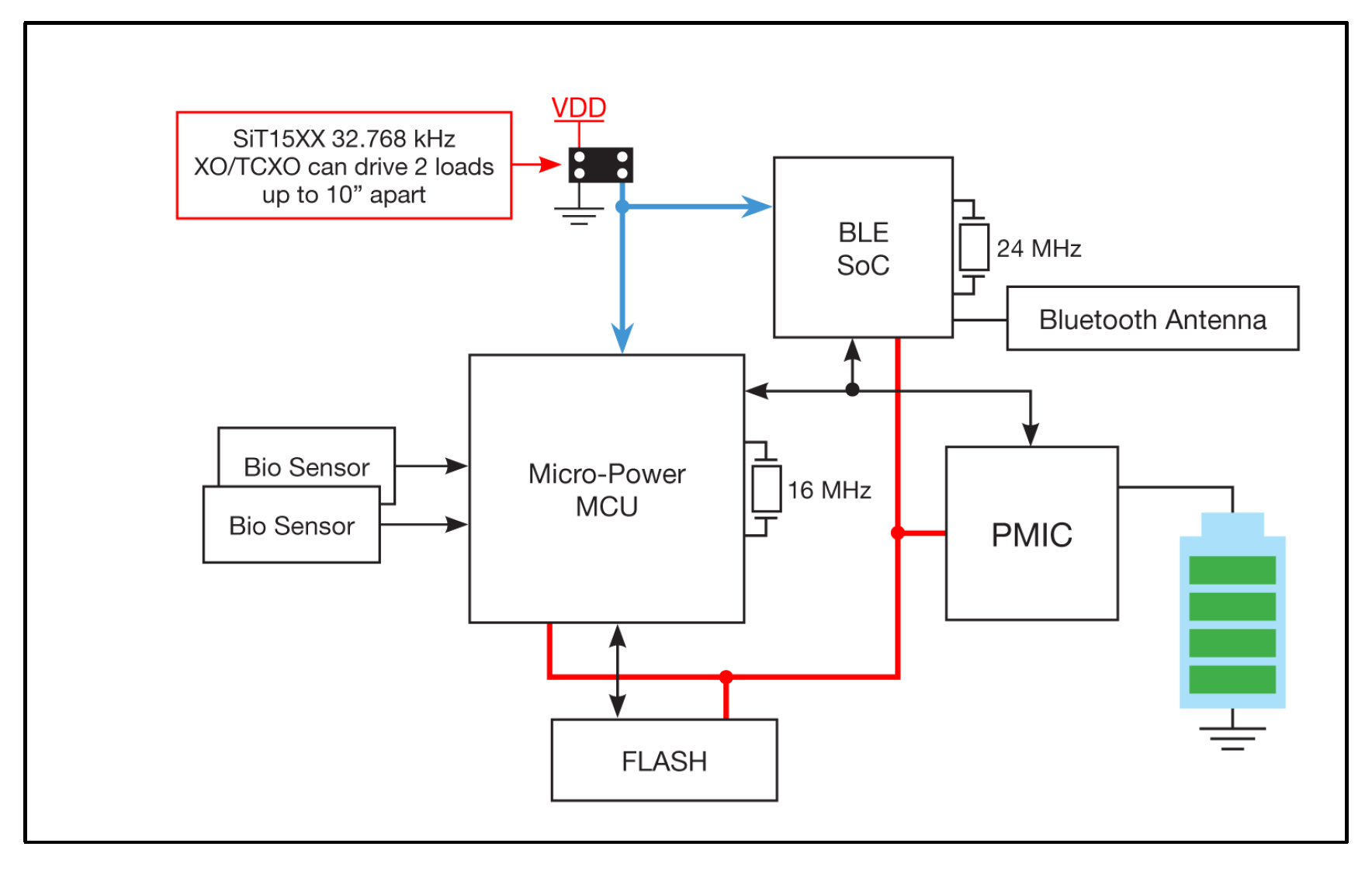Everyone desires to own a vehicle, but the business of leading a fleet of vehicles is never an easy task. From the safety of the fleet, route optimizing, trip analysis to timely maintenance, fleet owners have a lot in their hands to deal with regularly. With the ever-increasing prices of vehicles and fuel, enterprises are often under pressure to utilize fleet efficiently and optimize their useful life.
iWave presents a smart IoT solution to address all fleet management concerns and help differentiate businesses with improved administration and efficiency.
iWave’s revolutionary OBD II secured edge analytics offers an innovative way to transform traditional fleet management practices. The device provides quality real-time insights that help fleet managers make smart decisions and drive profitable outcomes for their business.
The OBD II IoT solution offers high accuracy location tracking, real-time vehicle diagnostics, driving condition analysis, and enhanced safety features that make fleet management a cakewalk. The industry winning OBD II device is now updated with CE/FCC, GCF, E-Mark, KOMINFO Certifications and supports new features such as CAN FD, SAE J1939 Protocol and Secure FOTA.
The OBD II device opens up a multitude of interesting possibilities in fleet management.
An X-ray vision into your fleet ensures vehicle uptime
The device reads diagnostics trouble codes (DTC) that can be analysed to determine vehicle parameters such as fuel efficiency, mileage and engine performance. The data can be examined to detect faults precisely and helps to implement corrective measures on time. Minor defects can be corrected in-house, thereby reducing maintenance costs and ensuring vehicle uptime.
Be in touch with your fleet anytime, anywhere.
High-accuracy location tracking facilitates complete visibility over your fleet activities. Access to up to four concurrent GNSS constellations including GPS, GLONASS, Galileo and Beidou enhances the overall tracking performance of the module. Accurate real-time insights helps remotely monitor distance, speed, time, route, idling etc. and enable optimal utilization of the fleet.
Ensure your fleet are in right hands always
Analysing driving habits helps track common practices and monitor harmful behavior. The device features an advanced 9 axis sensors support that help detect harsh driving patterns such as over speeding, hurried braking, engine revving, etc. Drivers are encouraged to follow safe driving, thereby ensuring fewer accidents on the road.
Keep theft and unforeseen incident in check
One of the biggest concerns that fleet organizations have to deal with is the safety of their assets from organized theft attacks.iWave’s OBD II device help implement an advanced anti-theft feature through Geofencing and Immobilization of the vehicle in case of unauthorized entry or the vehicle surpass the defined geographical boundary. The device further ensures safety with an anti-theft alarm that helps quickly avert theft and damages.
Ease of Optimizing routes
Get access to live traffic updates and road conditions. With this information at hand, fleet managers can identify the most cost-effective routes and intelligently assign the resources, thereby reducing unnecessary fuel wastage and delays.
Following are the hardware features of iWave OBD II Device:
What is unique about the iWave OBD II solution?
- Intelligent edge computing:
For an OBD system to be efficient, there needs to be an effective balance between real-time computing and cloud-based data processing. What if there is a spark in the engine, and the user is not warned on time? The result can be fatal.
iWave adds value with the help of an intelligent hardware platform that intuitively processes various real-time parameters at the edge, while passing on the non-critical tasks to the Cloud for advanced analysis.
Equipped with a powerful 792MHz ARM Cortex A7 CPU, the OBD II module facilitates real-time processing, advanced analytics, power efficiency, and secure communication with Cloud platforms.
- End to end Security:
An OBD system can easily become a target for cyber-attacks, if not secured well enough with up to date, reliable security mechanisms. At iWave, we guarantee chain of trust from chipset level to Cloud with high assurance boot (HAB), secured memory and a dedicated HSM (Hardware Security Module) that ensure software authentication, cryptography and secured communications.
- Secure and reliable Firmware Over the Air Update (FOTA)
To ensure the complete robustness of the OBD II device, it is important to update the firmware with advanced features and security enhancements. But, how can this be done regularly and without human intervention? The answer is Over the Air Update (OTA).
iWave incorporates multi-levels OTA update solution using Mender open-source software update manager that guarantees secure over- the- air updates of the module. https://www.iwavesystems.com/linux-ota-update-solution.
- Wide-ranging sensors & CAN interface support
Customize the platform to support wide-ranging sensors based on the application requirements. iWave OBD II module can support various sensor options including humidity sensor, temperature, motion sensor etc.
iWave’s OBD II module supports various CAN interface such as LS CAN, HS CAN, SW CAN, RAW CAN, and the latest CAN FD.
Simultaneous support for CAN FD, LS CAN & HS CAN, provides flexibility to use any/ combinations of CAN as per requirements. The device is further enhanced with the SAE J1939 protocol that enables convenient management of heavy-duty vehicles by providing access to retrieve real-time ECU data.
- Multi-Cloud Integration:
The OBD II device is integrated and tested with various Cloud platforms like Amazon AWS, IBM Bluemix, Oracle, Microsoft Azure, Siemen’s Mindsphere, and TCP/IP Server through MQTT, HTTPs and TCP/IP protocols. Support for wide-ranging Cloud ensures flexibility to integrate the platform with customer supported Cloud and with their applications/analytics partner.
Advantages of using iWave OBD II Platforms:
- CE,GCF ,E24-Mark ,KOMINFO Certifications supported
- Open to customization/certification as per customer requirement
- iWave provide the APIs guide to develop customer application
- Detailed user manual, Linux binary as part of deliverables
- Strong technical support
For further information and inquiries, please write to mktg@iwavesystems.com







